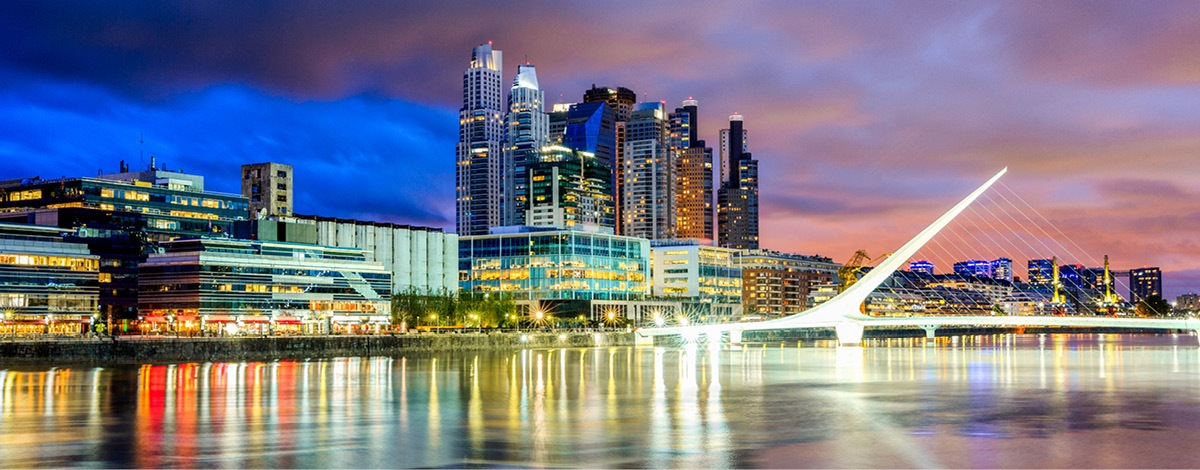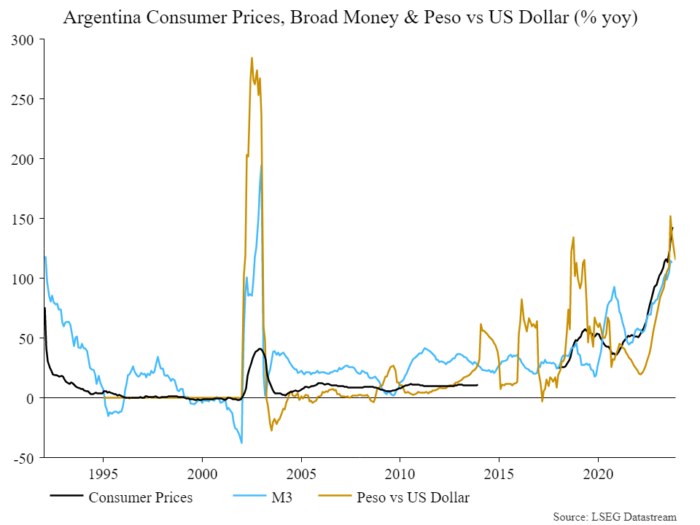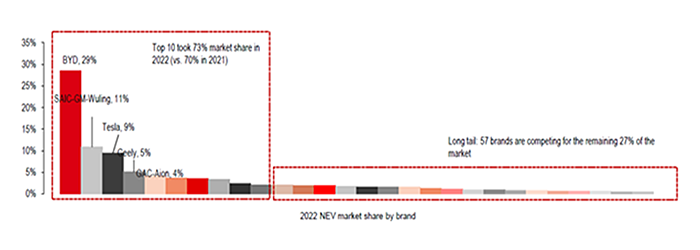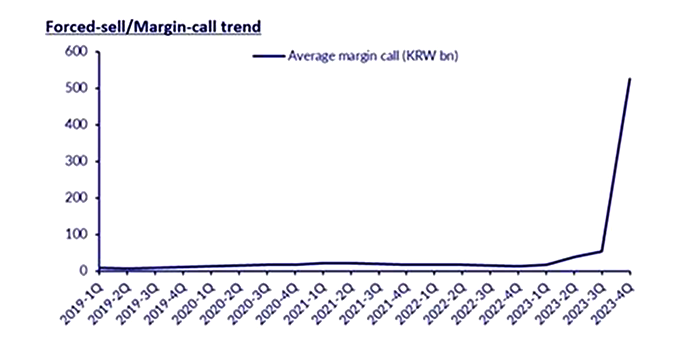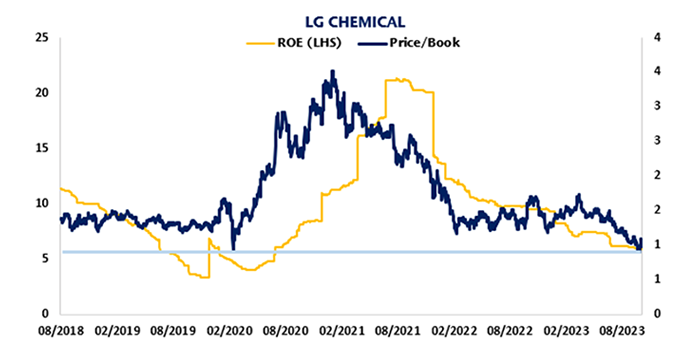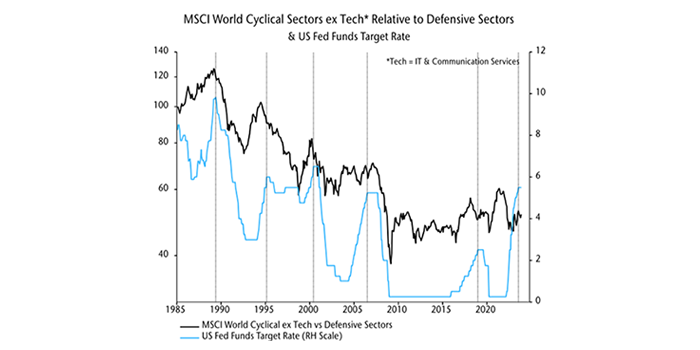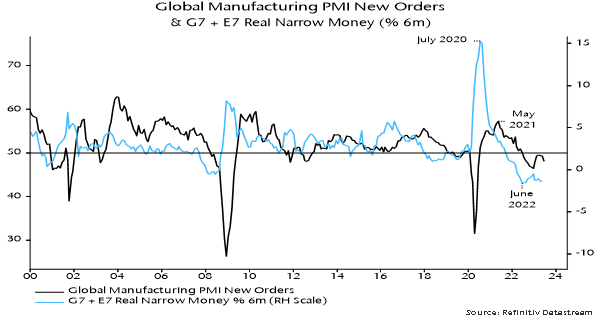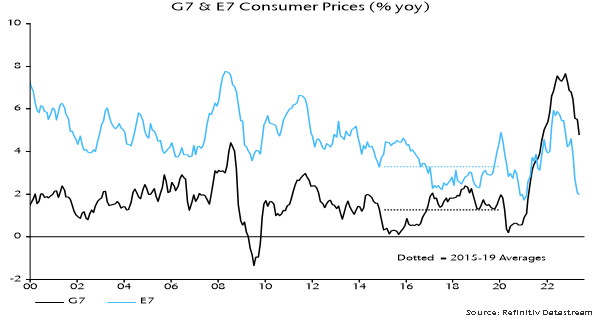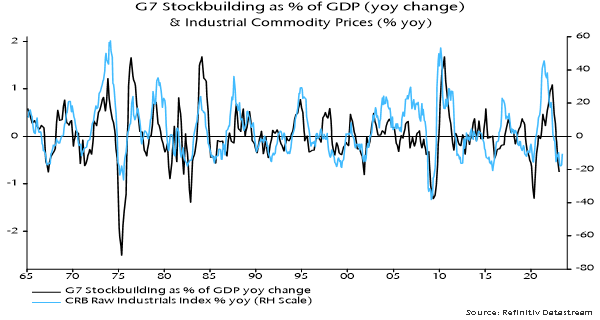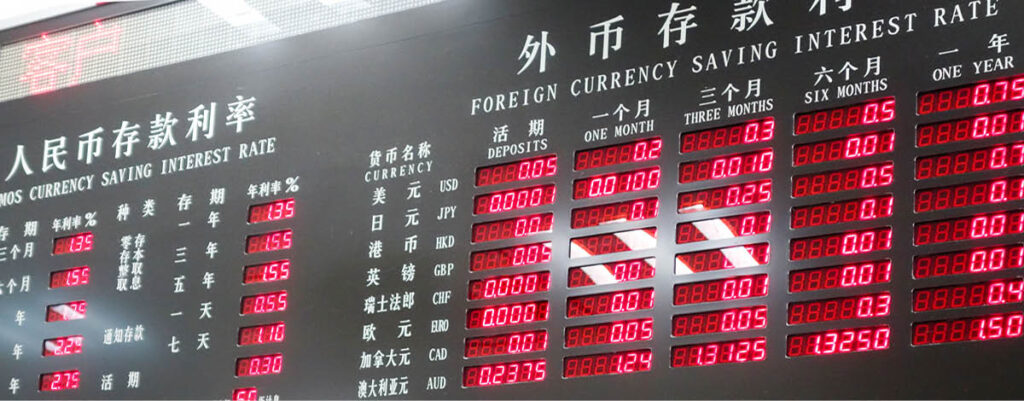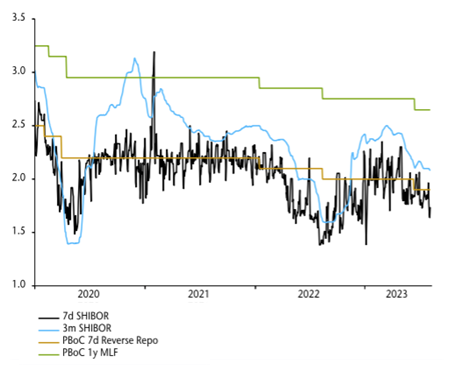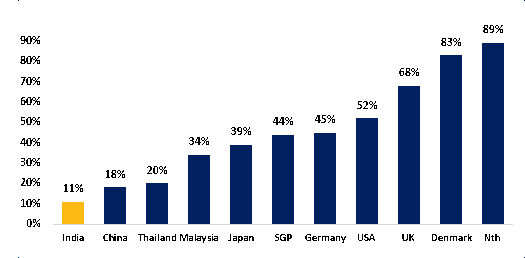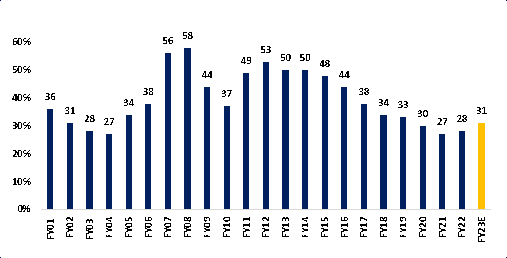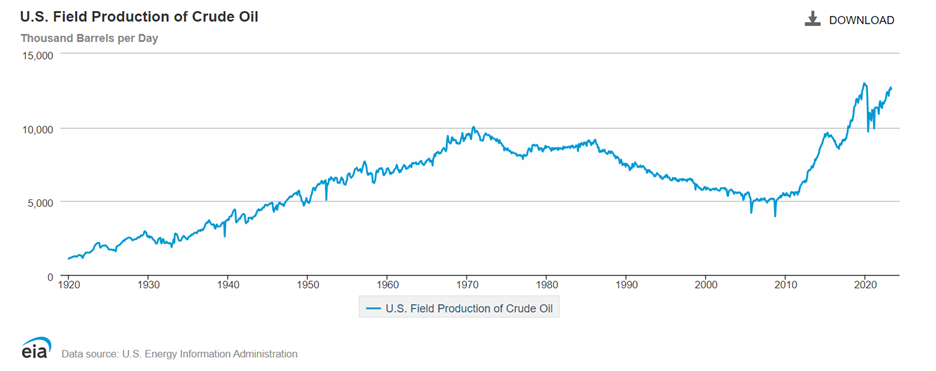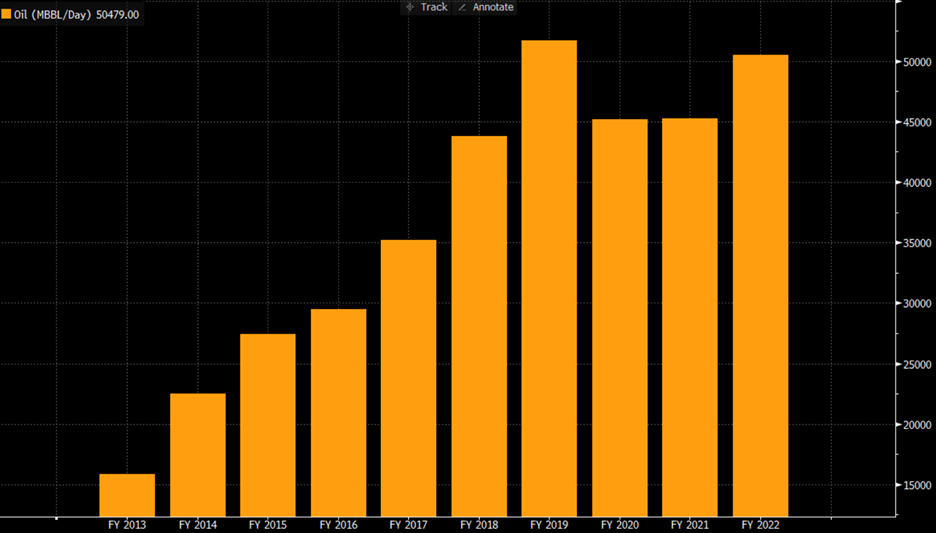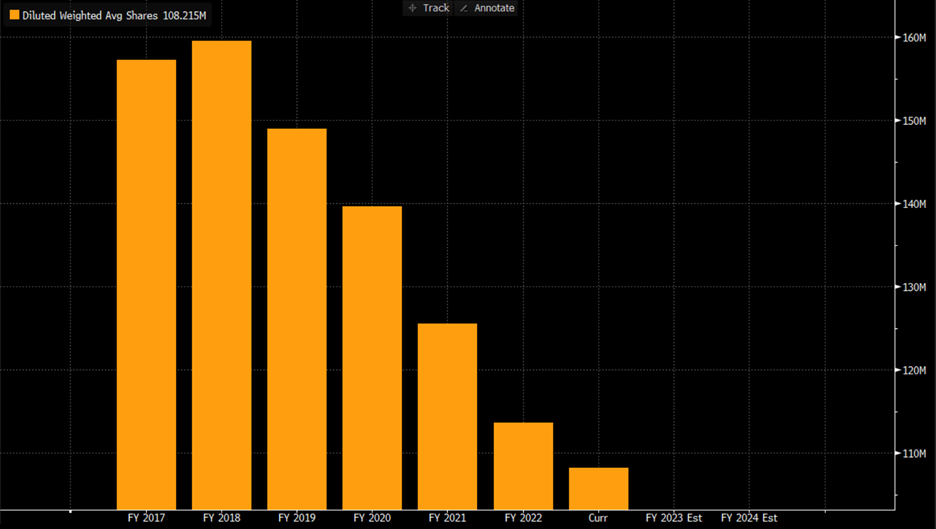Markets cheered encouraging inflation data globally and prospects that central banks have reached the end of their hiking cycle, fuelling weakness in the dollar and setting off a rally in EM. Stock selection was the key driver for performance, with contributors including Indian mid cap names in Staples, Healthcare and Industrials, technology in South Korea, and stock picking in Polish financials. Stock picking in China was the only significant drag, albeit easing relative to prior quarters as the foreign investor exodus and SOE outperformance cools. An underweight to Brazil was a detractor, with economic soft landing hopes lifting iron ore giant Vale along with stocks sensitive to domestic demand and rates. Portfolio activity was focused on rebalancing within China, with a weak domestic and slowing international economy prompting the exit from cyclical names, recycling this into more defensive exposure and adding to tech names in Taiwan.
IT names in South Korea and Taiwan semiconductor names were contributors on investor enthusiasm for AI. These companies were already starting to look attractive into late-2022, as the end of a brutal inventory de-stocking cycle for semiconductors came into view. Many of the names added to the portfolio also had exposure to the growth of AI technology, leaving it well-positioned for a rally which took off following Nvidia’s announcement of first quarter results. Several small and mid-cap companies dominating their respective niches within the semiconductor industry outperformed. South Korea’s HPSP led returns for the portfolio during the quarter and is a specialist in high pressure annealing technology – the process of removing defects in advanced chips through high pressure hydrogen injections to enhance electron movement and performance. The company is a monopoly in its niche, the only high-pressure annealing equipment provider certified by TSMC, Samsung, Intel and Hynix. Fuelled by demand for AI and other high performance computing applications, advanced chip node migration and capex remains robust even through an industry downcycle.
Strong stock picking in Indian mid-caps was a contributor, led by PepsiCo bottler Varun Beverages and private hospital operator Max Healthcare over the quarter and 2023. Varun in particular continues to sustain leadership and reported mid-teens revenue growth for the quarter ending September 30 (well ahead of FMCG peers). Margins and earnings growth beat expectations on an improving product pipeline, with rising volumes sold for energy drink Sting, Gatorade, health range, and dairy. The company is set to expand capacity by 45% on CY22 levels ahead of next season, signalling management optimism on growth potential. A further boost to the share price came on the 20th of December with news that the company would buy South Africa’s The Beverage Company. The news confirms speculation that Varun was set to be rewarded by PepsiCo for its exceptional execution in India with a new market opportunity. Varun will look to improve Pepsi’s low single-digit market share in South Africa as it competes with Coca-Cola and local brands.
Outperformance of portfolio holdings in Greece through the year provided an opportunity to rotate some exposure into Poland. This proved timely as Bank Pekao surged over 60% on a positive election result, with a pro-EU coalition of parties under the leadership of former Polish Prime Minster Donald Tusk taking power. Pekao is a well-managed state-owned bank and a beneficiary on several counts. Macro conditions in Poland are good and should improve, helped by a more EU-friendly government that can unlock around 24 billion euros of European Covid-19 Recovery funds. High inflation is coming back and wage growth rebounding, hence our view that banks and consumer stocks should be supported in H1 2024.
Stock picking in China was the largest detractor, with the country being one of the only major EM markets to post a negative return. Contradictory implementation of economic policy and regulation of key sectors has done serious damage to the confidence of investors and entrepreneurs. The 2022 Congress in which Xi Jinping anointed himself leader for life and appointed his cadres to the Standing Committee was a setback in China’s institutional quality. While our analysis identified this risk at the time, the assessment was that this development was a long-term structural negative that would slowly play out, gradually impairing China’s long-term appeal. Instead, the impact of deteriorating institutional quality on investment sentiment has taken hold at pace. In pursuit of the contradictory aims of “Xi Jinping thought” and “common prosperity”, authorities have failed to reignite entrepreneurial spirits with a drip feed of economic support, while pursuing crackdowns across key sectors from education, healthcare, internet, gaming and real estate.
There are a host of reasons why Chinese equities could remain cheap for a long time. Yet even in this scenario, much like in Japan’s two lost decades, China will offer up some big opportunities for stock pickers. Like Japan, China’s exporters have been boosted by a hyper-competitive currency and are operating in a continental-sized market that provides the scale to dominate globally. Even if the global economy slows, high quality yet competitively-priced goods produced by the likes of medical device manufacturer Mindray or EV behemoth BYD look set to grab share as consumers trade down. These companies are posting robust earnings growth, have strong balance sheets and are trading at cheap valuations. Portfolio activity in China, which brings exposure to a small underweight, reflects the conviction in the names above, while exiting those such as China Education and ecommerce shopping platform Meituan, which face cyclical headwinds.
Previous quarterly commentary pieces have emphasised that rapidly deteriorating monetary data signalled inflation was likely to undershoot market expectations. While this is playing out, it remains our view that the magnitude of monetary tightening over the past year and a half risks a sharp slowdown. A preference for defensive businesses over cyclicals is therefore maintained. Emerging markets will not avoid the bite of a slowdown in developed economies. However, valuations in EM trade below long run averages, currencies are cheap (outside of South America), while inflation has been contained well ahead of developed peers. A cycle of dollar weakness would support the case for EM outperformance, and there are hints this may be underway. The US dollar continued its decline through the quarter, falling sharply in October on the news that US inflation was receding faster expectations. Rate cuts by the Federal Reserve in 2024 could add further downward pressure, and allow EM central banks to begin easing and thus boost global liquidity conditions.
The Composite rose 8.84% (8.61% Net) versus an 7.86% rise for the benchmark.
